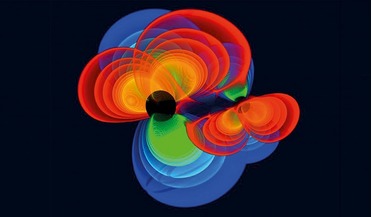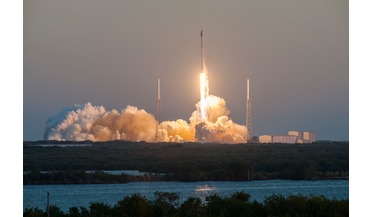 November 2017
Reusable air-launch and the space access paradigm
November 2017
Reusable air-launch and the space access paradigm
... by direct limitations of the available technologies. The end result is that the growth of space activities has been relatively slow; some would argue it has actually stagnated and even regressed. Space is still dominated by government programmes...
 April 2019
LISA Pathfinder – paving the way for future studies of the gravitational universe
April 2019
LISA Pathfinder – paving the way for future studies of the gravitational universe
... its own to compensate, essentially flying to within an accuracy of a few billionths of a metre and being able to sense the relative positions of the metal cubes to within a trillionth of a metre. At this reduced scale the mission would not provide...
 17 July 2017
New company seeks to shake-up satellite launch industry
17 July 2017
New company seeks to shake-up satellite launch industry
... notable alumni include Airbnb, Stripe and Dropbox amongst others. Ellis states that one of the aims of Relativity is to significantly reduce the cost of launches, while providing high frequency and scalable services from the U.S, to compete...
 September 2016
Small launcher market survey
September 2016
Small launcher market survey
...of booster systems. Therefore, as shown in the right plot of Figure 6, the threshold cost of launch will almost inevitably be relatively high, even for small launch vehicles, due to the immense difficulty in lofting spacecraft to orbit, barring major...
 September 2020
Tackling space debris - a global priority
September 2020
Tackling space debris - a global priority
...debris at a constant distance, and a radar to monitor the relative position of the target. Arm ADR method of debris removal.... in the direction of orbital motion, resulting in a relatively large drag force which increases the orbital decay rate. Ion...
 March 2017
Planetary nebulae may hold clue in search of helium-3
March 2017
Planetary nebulae may hold clue in search of helium-3
... turns out that for 3He, for example, the abundance relative to hydrogen is around 1.0×10-5. While scientists do not have a...models predict that the amount of 3He that should be produced (relative to hydrogen) is around 10-4. As would be expected, as ...